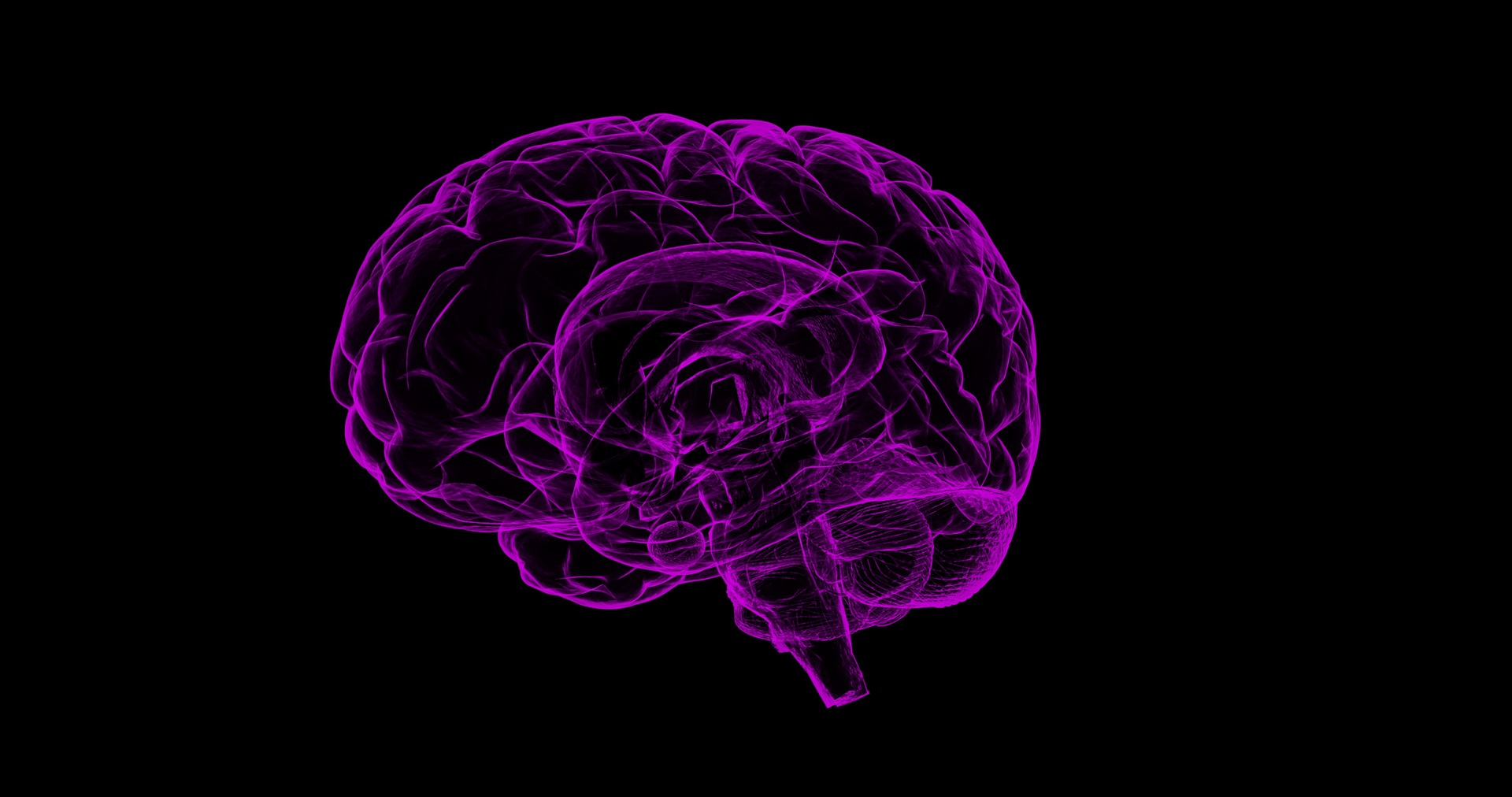“It’s just like riding a bike.”
We often use this expression to describes things that can be recalled easily, almost like second nature, even after long periods of time.
But what if the part of the brain that controls voluntary muscle movement malfunctions and things like riding a bike are no longer second nature?
Yuanhao James Li, a professor in the UConn Health Department of Genetics and Genome Sciences has received over $2 million from the National Institutes of Health to investigate the development of the neural networks that support this important structure of our brain.
The part of the brain responsible for controlling voluntary muscle movement is called the cerebellum. If it doesn’t function properly, we wouldn’t be able to walk, move our arms, or balance. The cerebellum is also involved in higher cognitive functions like those of attention and language, meaning cerebral dysfunction is linked to debilitating developmental diseases like autism spectrum disorder.
The cerebellum is composed of several layers of different types of neurons that must be organized in a very specific way. This specific layering order allows the cerebellum to process signals it receives about the positioning and sensations of our body parts.
Li will study how, during embryonic development, we generate the correct number and type of neural cells in the cerebellum. He will work to define the specific cell composition of the cerebellum in mice and determine the molecular mechanism responsible for directing the specification of these cells.
The scientific community’s knowledge of cerebral development is currently woefully incomplete, Li says. Many critical processes, such as how the part of the cerebellum known as the rhombic lip gives rise to several kinds of neural cells and where the precursors necessary for the development of cerebral cell nuclei come from, remain unclear.
By understanding how the cerebellum’s neural network is supposed to develop normally, Li’s work will allow others in the scientific community to glean better understanding of the process. This can lead to the development of treatments for pathologies that arise when the process goes awry.
“Through this study, we will generate a comprehensive cell atlas of the cerebellum and construct developmental lineage relationships of various cerebellar cell types,” Li says. “We will examine how mutations of crucial genes affect cerebellar development in animal models, allowing us to better understand the assembly of the cerebellar circuitry and what goes wrong when these genes are mutated in humans.”
Li received his Ph.D. in molecular genetics from the University of Texas. He completed his postdoctoral training at the Skirball Institute of Biomolecular Medicine (NYU). His lab researches how different brains cells are generated.
This project is NIH grant No.: 1R01NS106844-01A1



